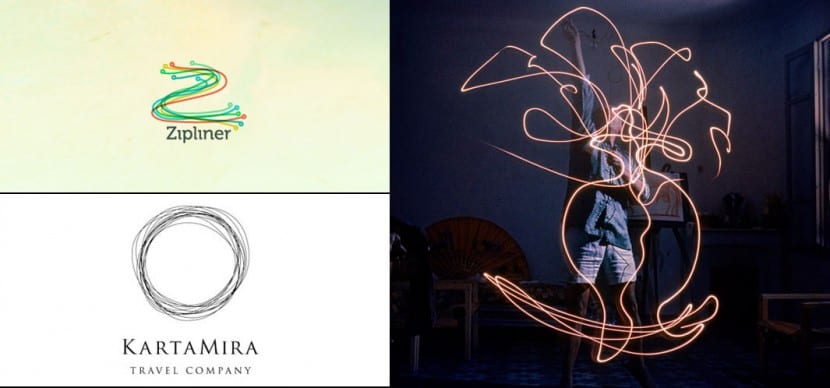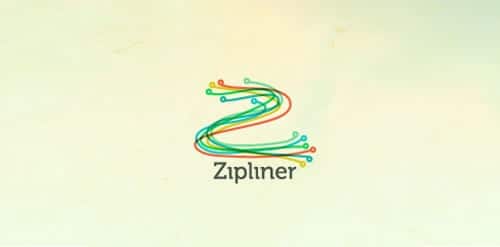
All kinds of artistic manifestations have splashed into the design of corporate identity and the conceptualization of brands and logos. A good example is the one that I bring you today and that was developed by the mythical Pablo Picasso: The famous light painting technique, although it is true that before our giant decided to experiment with it, other professionals and artists made their small contributions.
The connotations of the use of this technique in the design of seals and business brands lead us to minimalism to talk about art legends, myths and concepts that overflow in time.
The origins of Light Painting
It all started around 1914, a time when the development of capture technologies was taking off and it was about understanding the photographic process in its entirety. In this context the antecedents of light painting arose, but of course not with aesthetic or artistic intentions but with clearly investigative and in a certain way scientific intentions. The first hands to materialize the effect were those of Frank Gilbreth and his wife Lillian Moller Gilbreth who used small lights to track the movement that occurred in the process of making a long-term photograph. The only objective was to optimize the process and simplify the work that was carried out in the company they ran.
However, later and before Pablo Picasso, the artist Man Ray already decided to experiment with this new «technique», specifically around the year 1935, at which time he gave us a series of photographs, these already clearly with a clear aesthetic and artistic weight that it was titled The Writing Space. To do this, he opened the shutter of his camera to the maximum and also used a small flashlight to create a kind of swirls and lines in the air. Before Picasso delved into the technique, Gjon Mili introduced strobe light techniques to capture movement on large surfaces and in a single exposure, something that is still used today by many photographers in both daytime and nighttime long exposure photography.
However, in the 1950s Picasso began to develop a series of experimental photographs influenced and inspired by the techniques of Gjon Mili, being that of the silhouette of a centaur through a small light source the one that has gained the most popularity and practically the one that has always been it is usually taken as a reference to talk about light painting. Little by little our artist was creating different forms and working on compositions that although at first glance might be simple, they undoubtedly had great aesthetic implications and connotations when it came to understanding the image, art, experimentation and of course echoes. of modern art and the traces of Picasso in the form of sketches.
Features and connotations of the technique
- Street art, allusion to graffiti and creative freedom: Behind light painting we find implications very similar to those found behind street art and even immersed in the philosophy of graffiti. It is a way of breaking in some way with academicism, a way of furrowing experimentation and abandoning the rules. Absolutely anything can become our particular canvas and in this way art can materialize anywhere, in any form and outside of any paradigm or theoretical decalogue.
- Ephemeral component and emotional dimension inserted in expressive architecture: One of the things that most impacts us in these Picasso photographs is the way of representation and of making art through a kind of "performance" since our artist manifests himself to us in the middle of the creative process and wrapped under the rays of light from his own work. This of course has a significant weight in the discourse as it highlights the ephemeral nature of everything that surrounds us, both the world, art and the passage of human beings through life.
- Vindication and mythification of the artistic avant-gardes: Due to the period in which it was developed as an artistic resource and also because of the figure that developed it, we can highlight that the use of this technique in any type of composition is in a way a Protestant text. There is a recovery of the spirit in a vindictive sense of art that was advocated during the Spanish postwar period and the avant-garde. Art is important and the artistic manifestations are endless: It can be materialized in any medium, through any technique and of course for any purpose.
Light Painting in logo design
For all this, it is not surprising that big brands have opted for logos that emulate the technique. The aesthetics of the elements that are created through this technique are simple enough to be emulated or imitated in Adobe Illustrator or any other digital design program. On many occasions, this type of logos is even encouraged because after all, when shown as dynamic compositions, they represent the phenomenon of Light Painting in an even more reliable and especially striking way. Then I leave you with some examples.

